While Dollar is consolidating ahead of Jackson Hole Symposium, Australian Dollar is taking up some buying, in particular against Europeans. The Aussie is apparently given a lift after China unveiled new stimulus package of RMB 300B (around USD 44B). The news also lifted Hong Kong HSI up 3.63 today. On the other hand, Euro and Sterling are feeling heavy as concern over further weaponization of natural gas supply by Russia.
GBP/AUD’s down trends resumes today by breaking through 1.7022 low. While the rebound from 1.7022 was strong, it was limited well below 1.7649 resistance, as well as 55 day EMA. Near term bearishness is clearly maintained.
For now, outlook will stay bearish as long as 1.7430 resistance holds, even in case of another strong recovery. Next target is 61.8% projection of 1.9218 to 1.7171 from 1.7649 at 1.6384.
EUR/AUD is also trying to break through 1.4318 low. Sustained trading below there will confirm resumption of larger down trend. Next target is 1.3624 (2017 low). Outlook will stay bearish as long as 1.4712 resistance holds, in case of recovery.




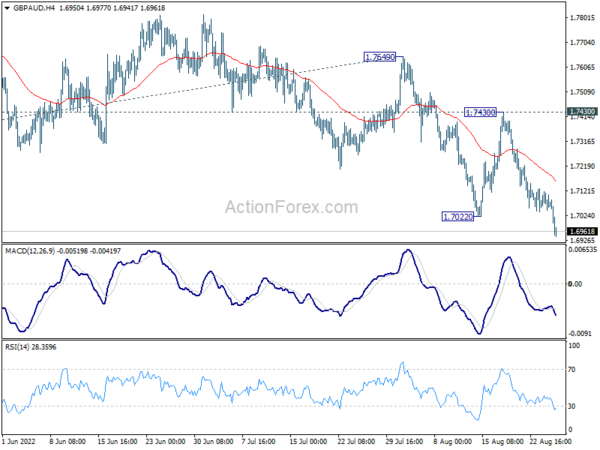
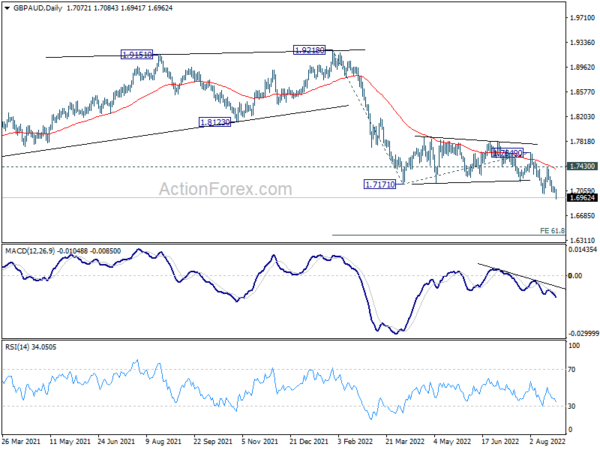
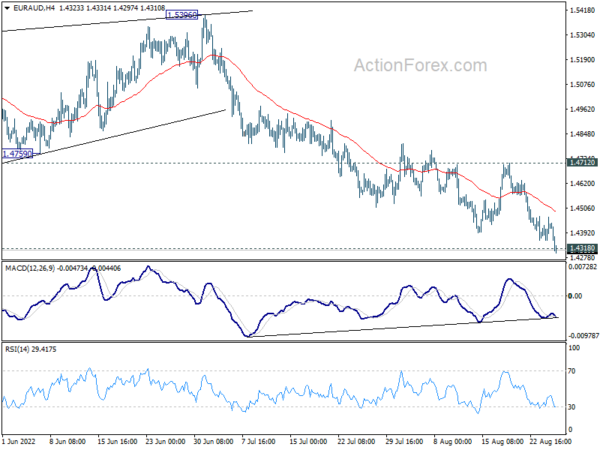
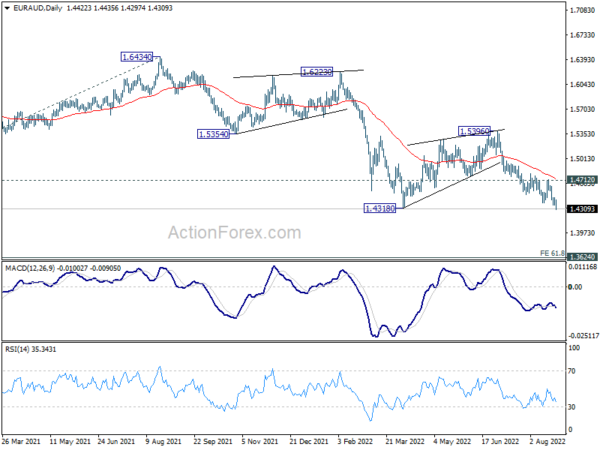
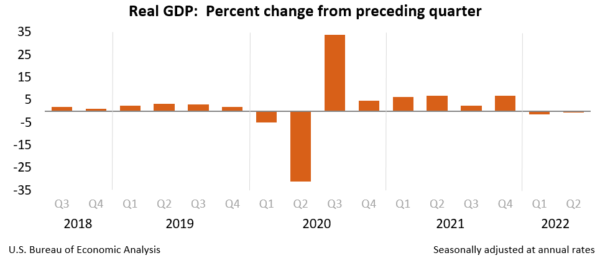
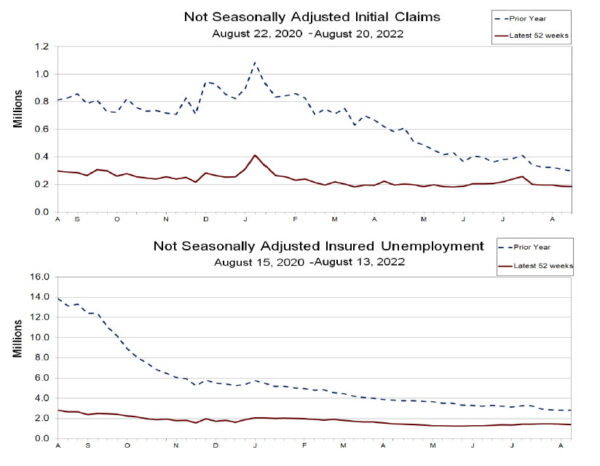
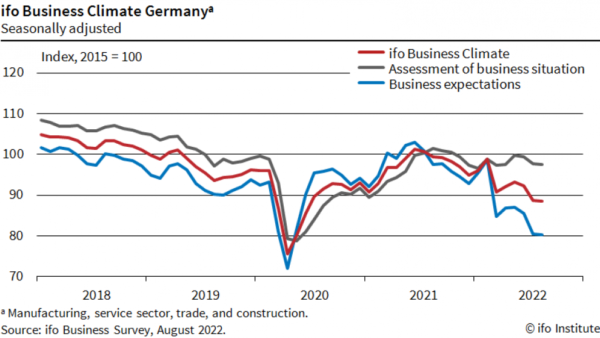
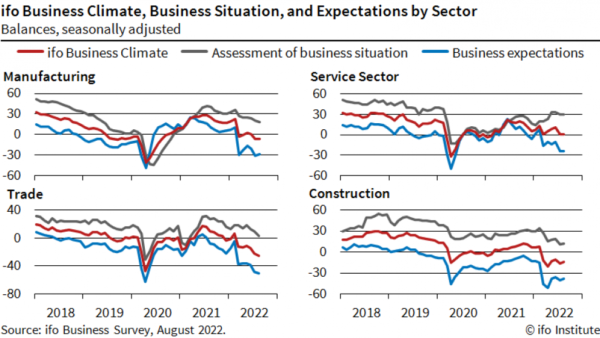
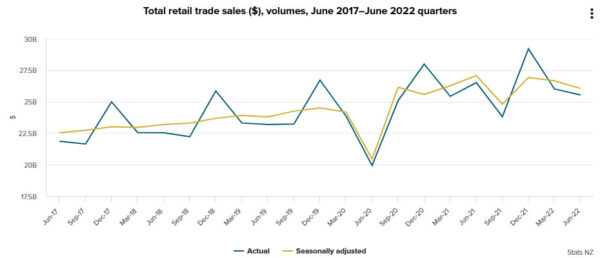
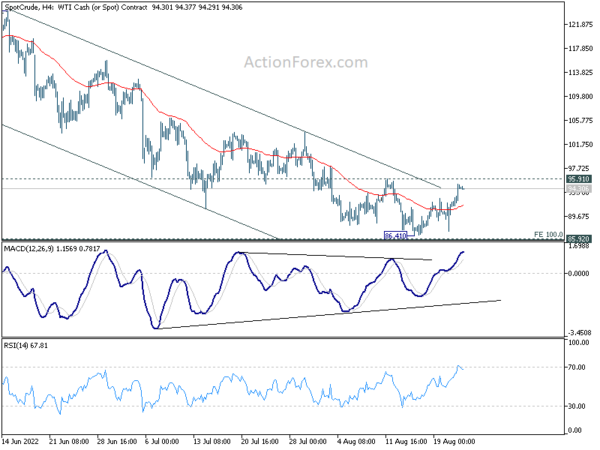
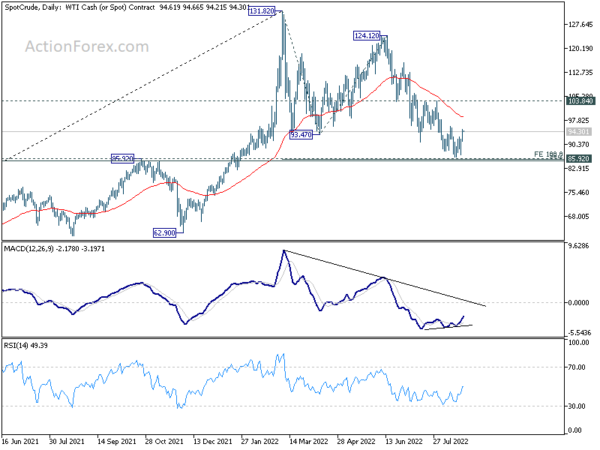
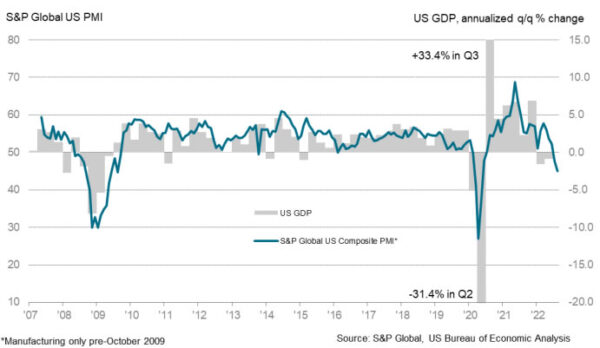
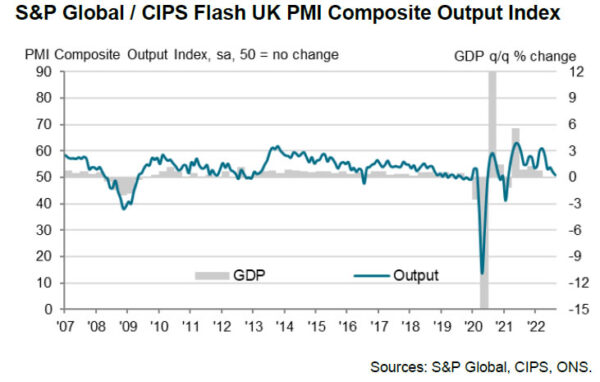
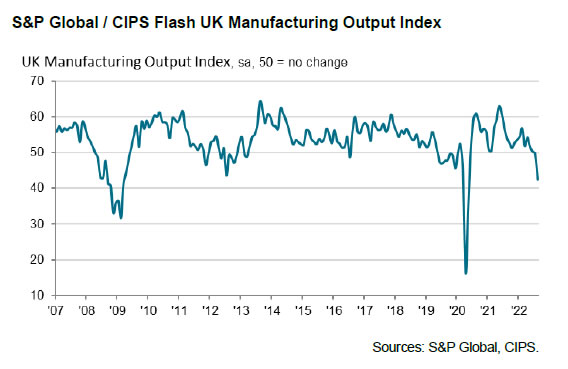
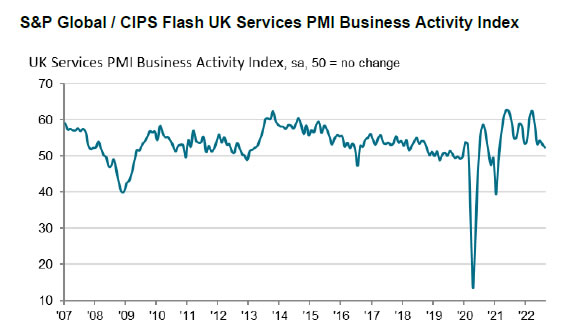
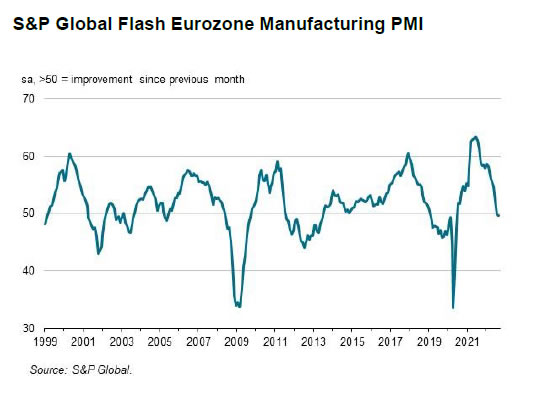
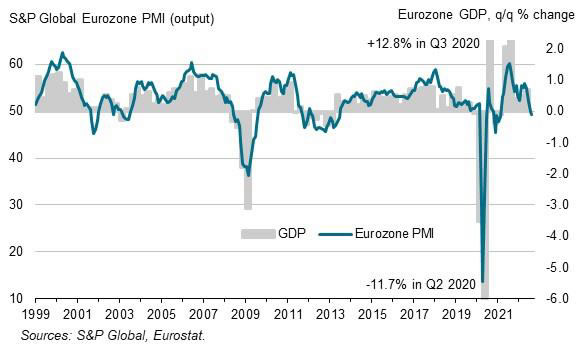
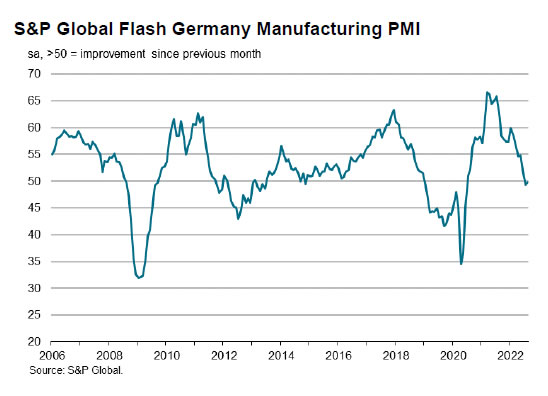
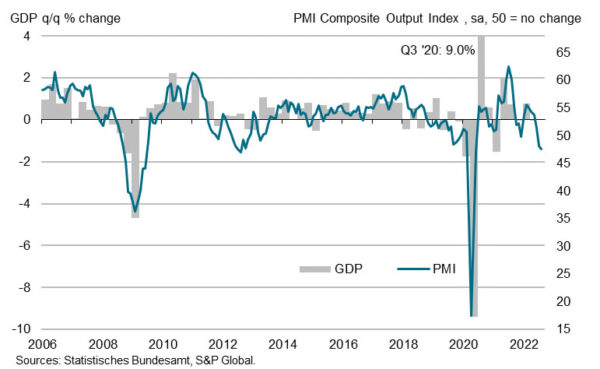
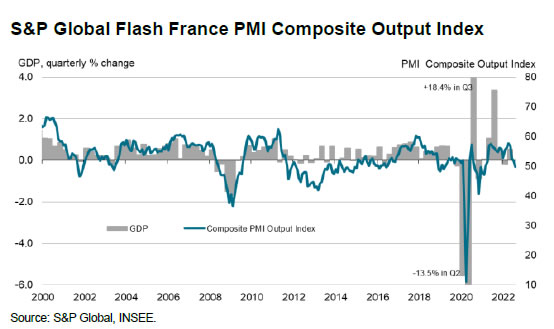
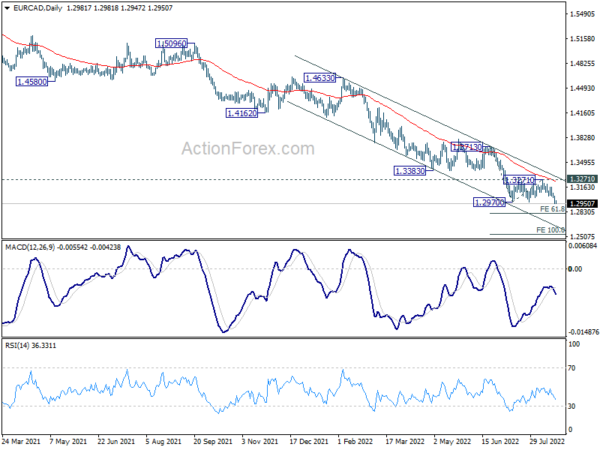
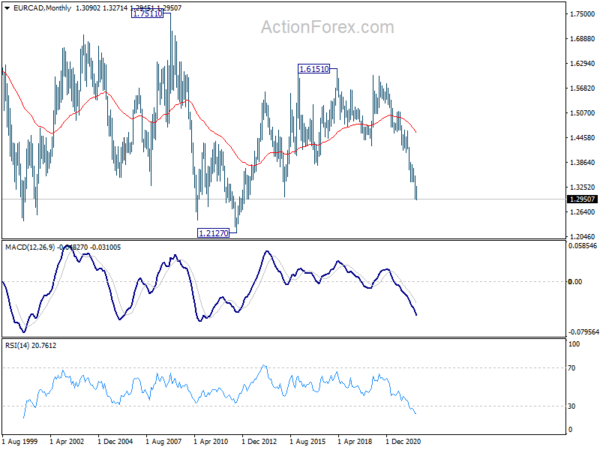
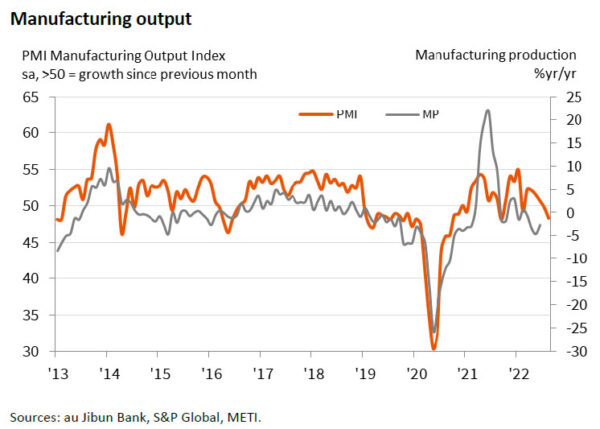
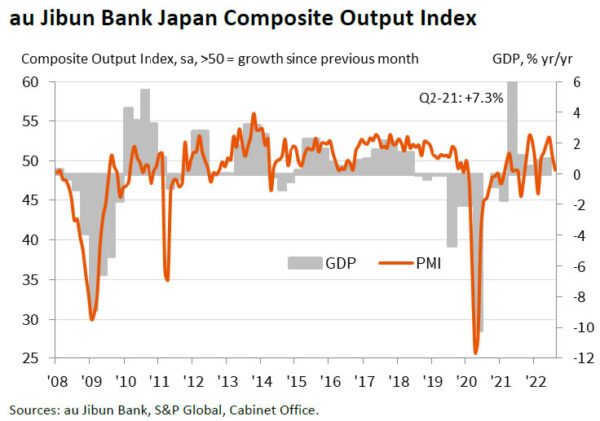

Fed Harker wants rate to get above 3.4%, open to higher
Philadelphia Fed President Patrick Harker told CNBC today, “I’d like to see us get to, say, above 3.4% – that was the last median in the SEP (Summary of Economic Projections) – and then maybe sit for a while.”
“But if the data says we need to keep increasing, we keep increasing. We’ve got to get inflation under control. That is Job One,” he added.
As for September meet, “whether it’s 50 or 75 I can’t say right now,” he said. But he noted that a 50bps hike is still a “substantial” one.